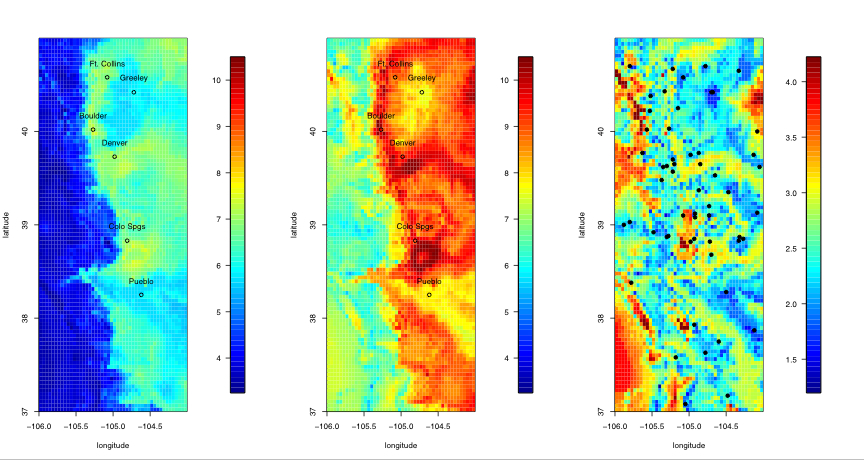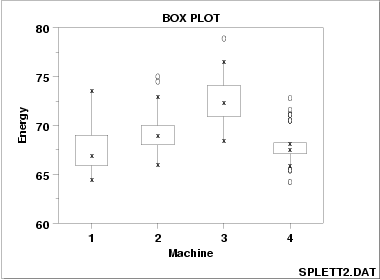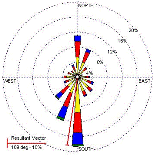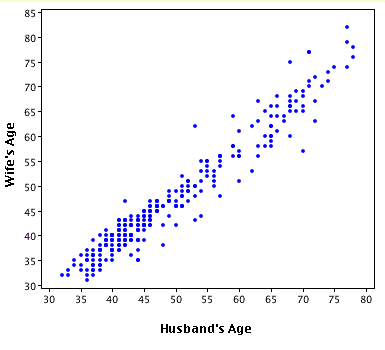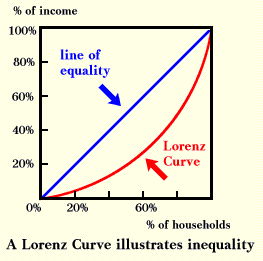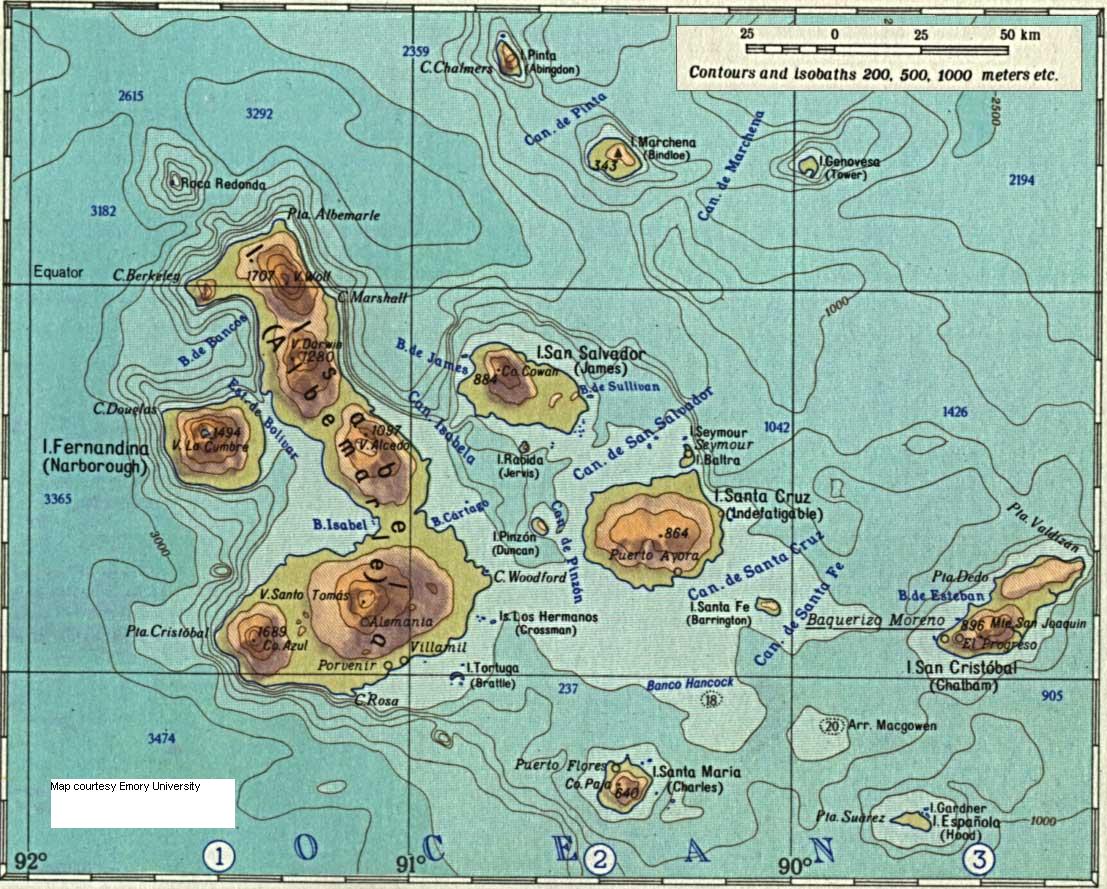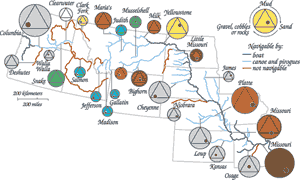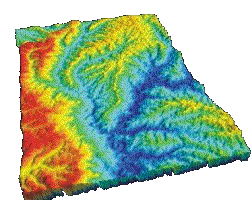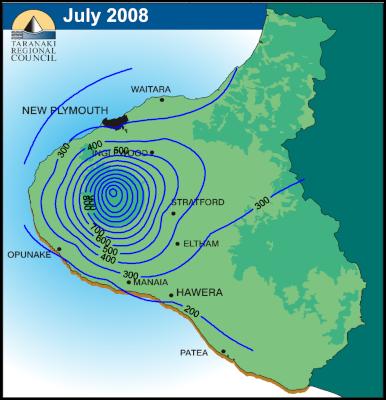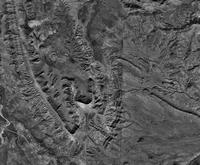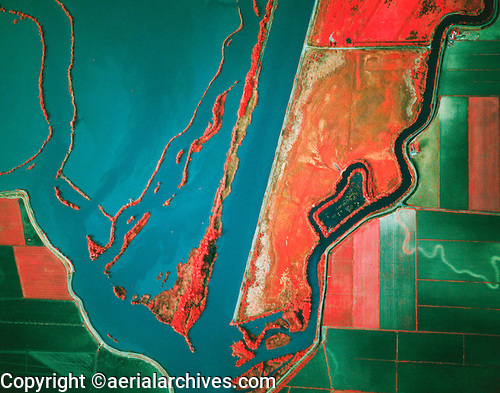Sunday, December 5, 2010
Sonogram
This type of map displays the information of the unseen. In a sonogram one would be able to see the baby growing in a women's uterus. This informative picture displays the child and many important things can save the baby's life. http://mirror-au-nsw1.gallery.hd.org/_c/medicine/_more2005/_more08/sonogram-human-foetal-fetal-ultrasound-scan-at-22-weeks-mono-1-ANON.jpg.html
Periodic Table
This is a visual map of the elements that make the world around us. The table organizes and displays all the elements in certain groups that helps people identify elements with the same properties. The periodic table above is the same for all projections and there really are no different types of periodic tables. http://www.allaboutgemstones.com/periodic_table_of_elements.html
Plane map projection
This type of map projection is used to display the poles on a map. The projection is created from a top view at either pole. The example seen above shows where the projection is made from. http://www.kidsgeo.com/geography-for-kids/0031-map-projection-types.php
Werner projection
This type of map projection is an equal area map that has a standard at one of the poles. The distances between the two poles is true as well as meridians along the parallels. The map above is a representation of the world in this projection.http://www.btinternet.com/~se16/hgb/cybergeo241.htm
Mercator Map projection
This type of map projection that distorts shape and size of what is being portrayed. This projection is common and is of the cylindrical type. The example above shows the world and one is able to see the distortion of the shape and sizes of the continents. http://w3.impa.br/~pcezar/cursos/GIS/mapproj/mapproj.htm
Star maps
Star maps are maps that display the locations of stars and other spacial formations that be seen in the sky. These types of maps are map out the locations of stars and the constellations that they create. The example able maps out the cosmos above our heads. http://www.dailygalaxy.com/my_weblog/maps/
Aviation maps
These types of maps display information that can be used by pilots to navigate the skies. It provides information like altitudes and wind shear that is important for flying safely. http://www.ci.sierra-vista.az.us/cms1//index.php?option=com_content&task=view&id=137&Itemid=471
Climate Map
Climate maps display climate information for a given location. The example above shows the different climates of different locations around the world. In the map above one would be able to see to different climates that are seen at different locations around the world. http://www.qi-whiz.com/taxonomy/term/1629
Star plot
A star plot is used to display data that can have great variations. Each point represents a specific observation and this form of displaying data can allow people to easily understand the data. The example above shows the different observations of a space project. http://start1.jpl.nasa.gov/caseStudies/autoTool.cfm
Correlation Matrix
This type of diagram displays the correlation between different sets of data. This form of diagram are used as an initial analysis of a set of data. The example above shows the correlation of statistics the National Center of Atmospheric Research. http://www.image.ucar.edu/GSP/Projects/ResearchNuggets.shtml
Similarity matrix
A similarity matrix is a matrix that shows the similarity of two different values. This shows the similarity between the two different values. The example above shows the similarity of between two values for an equation. http://www.biomedcentral.com/1471-2164/8/353/figure/F5?highres=y
Stem and leaf plot
This diagram displays data in a condensed manner. It can be used to help visualize the distribution of the data in a simple manner. The example above show this. One is able to see a set of data in a simple graph. http://www.icoachmath.com/Sitemap/Stem-and-Leaf_Plot.html
Box Plot
This is an easy way to display data in groups using 5 number summaries. It is an easy way to show the differences between the different groups overlooking underlying externalities. The example above shows how this type of diagram are displayed and organized. http://www.itl.nist.gov/div898/handbook/eda/section3/boxplot.htm
Histogram
These types of diagram show a visual representation of the distribution of the data. A histogram is an easy method to convey an array of data. In the example seen above one is easily able to see where the distribution of data lies for the information that is being conveyed. https://visualization.hpc.mil/wiki/Paraview_Histogram
Triangular Plot
These types of plots are used to show the relationship between three different variables. These types of maps allow for its viewers to easily understand the data that is being conveyed. In the example above, one is able to see the relationship between the various chemicals that can be found in igneous rock. http://www.lithoprobe.ca/media/slideset/slides/tools20.asp
Windrose
A windrose is used by people to show how wind direction and speed are distributed at a given location. Very similar to the compass rose, this is a tool that can help mariners determine the strength and direction of the wind blow. The example above shows the intensity of the wind as well as its direction.http://www.climate.washington.edu/climate.html
Climograph
These types of maps display the monthly precipitation and temperature conditions of a location. This information can be displayed for months at a time. In the example seen above, one is able to see the monthly precipitation levels and monthly temperature averages for Memphis, TN.http://www.uwsp.edu/geo/faculty/ritter/glossary/A_D/climograph.html
population profile
These types of graphs show data of a population based on certain stipulations. Different variables can be placed to see how similar, or different, a population really is. In the example seen, one is able to see the population profile of HIV carriers. Sex is being profiled since the graph shows male and female percentages of those infected with and without HIV. http://www.ifad.org/operations/regional/pf/aids_1.htm
Scatter plot
These types of plots display an array of data as many dots on a graph. These data points tend to be around each other and typically a trend line is able to be drawn using the densities of the dots. In the example above one is able to see all the data on a single graph and conclusions are able to be made based on what is seen. http://onlinestatbook.com/chapter4/intro.html
lorenz curve
This type of curve is used to display cumulative distribution function of the empirical probability distribution of wealth(wikipedia). These types of maps are used to show the distribution of wealth compared to the line of equality. This is seen in the example above. http://ingrimayne.com/econ/AllocatingRationing/MeasuringIncomeDist.html
Bilateral graph
These types of maps show information with at least two different variables. The example above shows technological cooperation in Japan. The graph displays three different variables in a plain manner that allows viewers to easily obtain information. http://www.mofa.go.jp/policy/oda/category/environment/pamph/2001/oda.html
isobaths
Isobaths are countering lines that depict the difference in water depth for an ocean or lake. By looking at isobaths, one would be able to tell the various depths of different locations in a body of water. In the example above, one is able to see the different depths that can be seen around the island. https://courses.washington.edu/tesc243/galapagos/location.shtml
Bathymetric maps
These types of maps are created to map the ocean floor. One would be able to basically see the terrain under the sea. Things like elevation can also be displayed in these types of maps. In this example one is able to see the underwater topography of Lake St. Clair. http://trophymaps.net/
Continuously variable proportional circle map
These are a type of proportional circle map that represent data in a much more broader format. The circle can vary in value and all the possibilities are shown in the diagram. In the example above one is able to see the different range of possibilities that the values can hold. http://pubs.usgs.gov/fs/fs-004-03/
DEM
DEM is a digital elevation model of a given location. Here one is able to see a 3D model of the different elevations that a location can have. In the example above one is able to see the different elevations since they are color coded. http://rrsg.uct.ac.za/activities/activities.html
DRG
DGR are images produced by scanning an image of the topographic maps created by the US geological Survey. These types of maps can be extremely useful for land surveyors. In the example above, one is able to see how a DGR version of a map has been created from the larger map. http://topomaps.usgs.gov/drg/
Isopleths
Isopleths are countering lines that connect values of the same kind. These maps are useful when trying to display trends of a given factor. In the example above, one is able to see where the different pH levels are found around the United States. http://dwb4.unl.edu/chem/chem869v/chem869vlinks/weather.about.com/newsissues/weather/library/weekly/aa071600a.htm
Isopach
Isopachs are countering lines that display areas of common bed rock thickness. These types of maps are used to show the stratigraphic thickness of a given location that is used by many geologists. In the example above, one is able to see the changes in thickness of the bedrock as the location shifts. http://www.windsornygaslease.com/geology.html
Isohyets
Isohyets are contouring lines that connect areas that have the same rainfall. This type of map can be used to display which locations of a given area receive more or less rainfall than others. In the example above one is able to see that trend of rainfall in near New Plymouth. http://www.scoop.co.nz/stories/AK0808/S00090.htm
Isotachs
Isotachs are contouring lines that connect areas with similar wind speeds. In this type of map, one is able to see the trend that the wind is taking at a given location. In the example above, one is able to see the direction and speed of the wind at the given location.
http://www.underthemeso.com/blog/?m=200702
http://www.underthemeso.com/blog/?m=200702
Isobars
Isobars are contouring lines that connect the same values of atmospheric pressure. These lines tend to display trends that can be used by people to find areas of Low and High pressure. In the example above, one is able to see the isobars that relate to the low pressure that can be seen over the Great Lakes.
http://www.newmediastudio.org/DataDiscovery/Hurr_ED_Center/Hurr_Structure_Energetics/Closed_Isobars/Closed_Isobars.html
http://www.newmediastudio.org/DataDiscovery/Hurr_ED_Center/Hurr_Structure_Energetics/Closed_Isobars/Closed_Isobars.html
LIDAR
LIDAR images are produced by a form of optical remote sensing in which properties of scattered light are used to create the image. This form of mapping creates realistic 3D illustrations of cities that can be very useful. In the example above one is able to see a realistic digital representation of Manhattan, NY.http://www.noaanews.noaa.gov/stories/s798.htm
Doppler radar
Doppler radar images are made with the use of microwaves. Microwaves are able to produce the Doppler effect where it can be used to create images of the unseen. Doppler radar can be used to map the area of a hurricane, as seen in the example above, as it gets closer to land. http://weatherfreaksco.webs.com/ourtechnology.htm
Black & white aerial photo
This type of cartography is what was used in early forms of mapping. Basic black and white aerial images where created to map an area with low cost and effort. In the example above, one is able to see a simple overhead black and white view of an area in New Mexico. http://serc.carleton.edu/research_education/geopad/imagery_data.html
Infrared aerial photo
This type of map uses infrared photographs to portray certain information. This type of mapping entails that a a photograph be taken in the infrared spectrum which would in hand reveal particular information to the viewer. Things like forest health can be measured using this type of mapping. In the example above, one would be able to tell where bodies of water are located even if this image is taken at night time. http://www.aerialarchives.com/Infrared-Aerial-Photography.htm
Statistical maps
Statistical maps display information in variation from place to place. Most statistical maps show different percentages that can be used to compare data from two different locations. In the example above, one is able to see the percentages of the jobs that were created all over the country by clean energy. In the map one is able to see that different percentages that can be related to each individual state in the US. http://blog.cleanenergy.org/2009/06/26/house-passes-historic-clean-energy-legislation/
Cartograms
Flow maps
Flow maps tend to display an array of information associated with a given location. It uses physical locations as well as superimposed information to relate an idea. In the example above, one is able to see the trade relationship between the US and China. The map uses lines to show a certain flow that helps convey the information to the viewer. One is able to see how imports and exports are taken care of in these countries. http://www.improving-visualisation.org/vis/id=206
Isoline Map
Isoline maps contain continuous lines that connect points with the same or similar values. This type of map is useful to display trends of various factors like temperature and altitude. In the example above, one is able to see the isolines connecting points with similar atmospheric pressure. These connected lines help meteorologists find areas of high and low pressures that is essential to weather prediction. http://www.nic.edu/mathsci/bdrichar/LAbKeys/isoline-practice.htm
Proportional circle maps
These types of maps make use of proportional circle to display data about a given location. The circles have a value associated with the size of the circle that is displayed. In the example above one is able to see the American Indian population that is represented by circles all over the Western US. http://www.neiu.edu/~nerobert/Cartography.htm
Choropleth maps
Choropleth maps usually tend to look like a checker board since it uses different shades of a color(s) to display thematic like features as predefined aerial units. The choropleth map above displays the percent of Hispanics at a given location. The various shades of green display the different percent ranges of what the percent of Hispanics can be found in a given location. http://my.ilstu.edu/~jrcarter/Geo204/Choro/Tom/
Dot distribution maps
These types of maps make use of a black dot to display the presence of a given factor at the location where the dot is located. This type of map are used to display the prominence of a feature in a given location. The dot distribution map above shows where duckweed can be found around the world. One would be able to tell where duckweed is the most common around the world. http://www.mobot.org/jwcross/duckweed/Habitat/geography.html
Propaganda maps
Propaganda maps are usually illustrations that are meant to superimpose a strong idea into the minds of the viewers. These types of maps usually exaggerate ideas. They are meant to sway viewers into thinking and feeling a certain way. In the propaganda map above, one is able to see how Russia is being portrayed when compared to the other countries that are seen in the illustration. http://www.historum.com/showthread.php?t=9905
Hypsometric maps
Hypsometric maps are created to show differences in terrain elevations. In these types of maps the differences in the elevations are displayed with changes in color. In the hypsometric above, one is able to see the different elevations associated with the area of Maryland. In this map they show different shades of red to display the different elevations. http://www.aomol.net/000001/000423/html/am423--15.html
PLSS maps
These maps are created by the Public Land Survey System that is established in the United States. The PLSS makes maps by using a specific system that organizes all the information in a way that allows people to easy find the information that they are looking for. In this PLSS map one is able to see the town ownership of Flathead County Montana. http://flathead.mt.gov/gis/plss.php
Cadastral maps
Cadastral maps display boundaries of a given location. These boundaries can be used to distinguish different things like ownership or even boundary distinctions of different jurisdictions. In this cadastral map one is able to see the boundaries that have been established for Alameda park in Alabama. This map is used to show the difference when compared to the present since this map is an old illustration of what this location use to be like in the past. http://alamedahistory.org/the-map/
Thematic maps
Thematic maps display specific information for a region or location. Thematic maps can be used to show a range of information by making clear distinctive differences, like color coordinating regions, to show the differences in the various locations. In this thematic map, one is able to see the various soil moisture content of different locations in the continental US. The color coded regions shows the viewer what locations have wetter/drier soils than others. http://soils.usda.gov/use/thematic/moist_regimes.html
Topographic map
A Topographic Map can display the same information that a phannimertic map can display but it also includes vertical information. One is able to look at a topographic map and see the various elevations that a given location can be situated on. In this topographic map one is able to see the elevations that on the various locations in Ha Ha Tonka State Park.Map Source
Planimetric map
A planimertic map is a map that only displays horizontal features of a given location. Distances between points of interests are seen and no topographic information is displayed in the map. In this planimetric map one is able to see the proposed zoning districts for the Villiage of Belcher in Belcher, LA.
Map source
Map source
Mental Map
This is a mental map created by a person who is trying to convey information is a simple and engaging way. Here one is able to see a simple take on how to solve a problem. This map uses text and imagery give people an idea on how to take on a problem.
Map Source
Map Source
Subscribe to:
Posts (Atom)









